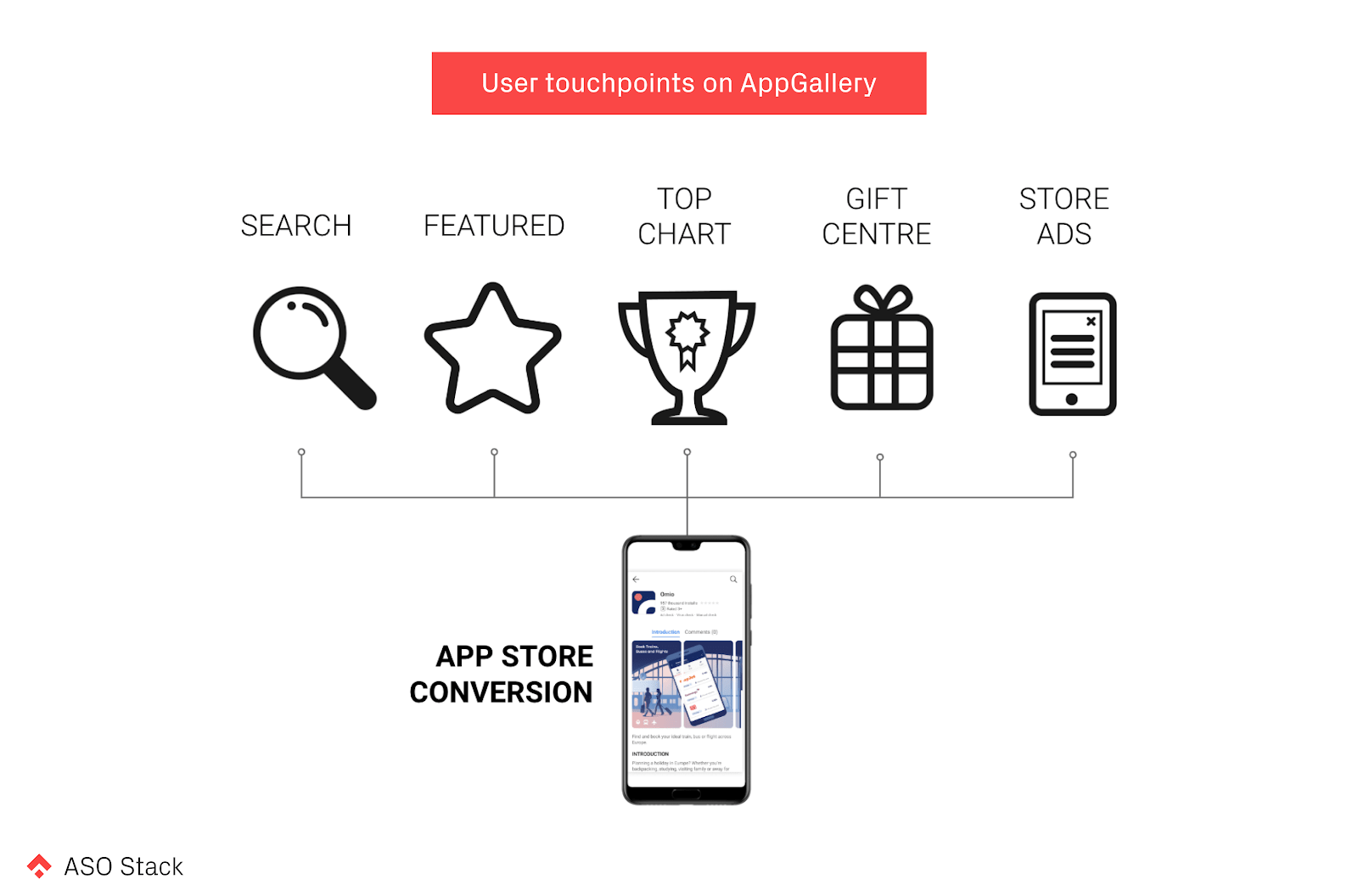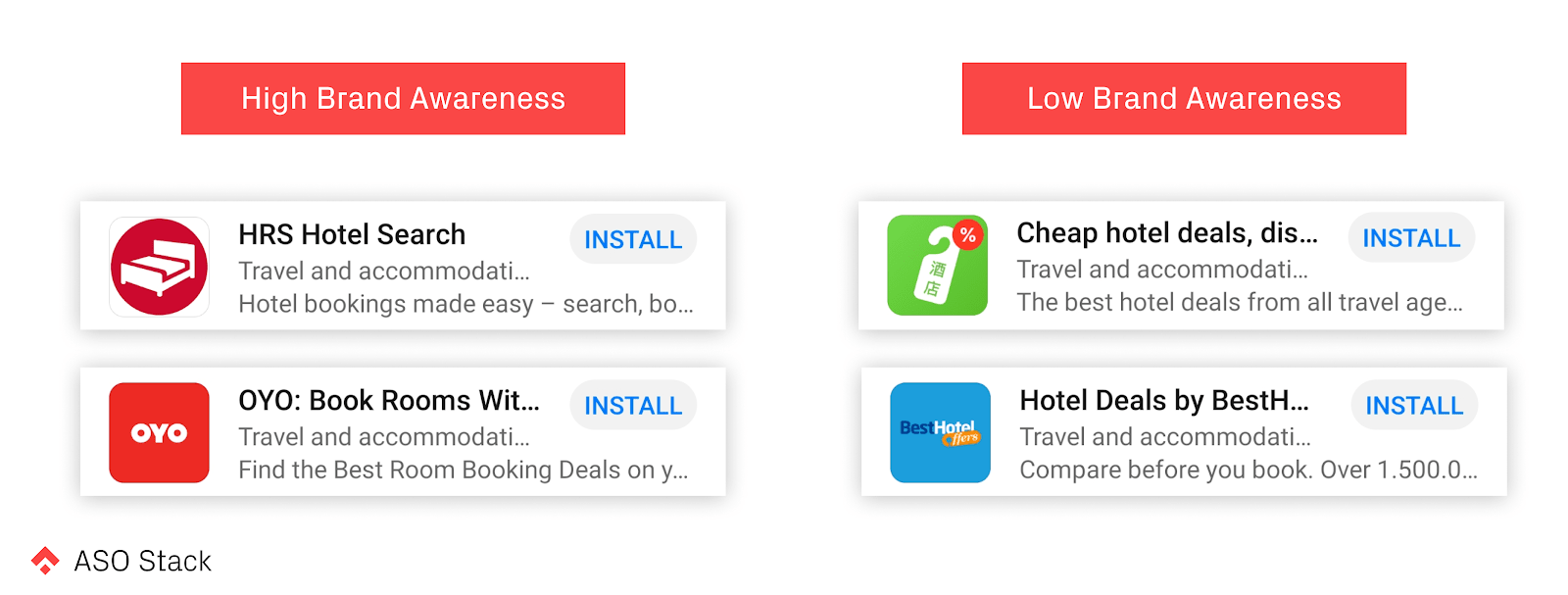How to get users to download your app by optimizing your store textual assets?
Maggie Ngai, a Senior ASO consultant at Phiture, helps companies to optimize the visibility and conversion of their apps in both the App Store and Play Store through Apple Search Ads, CRO experimentation, and keyword optimization processes.
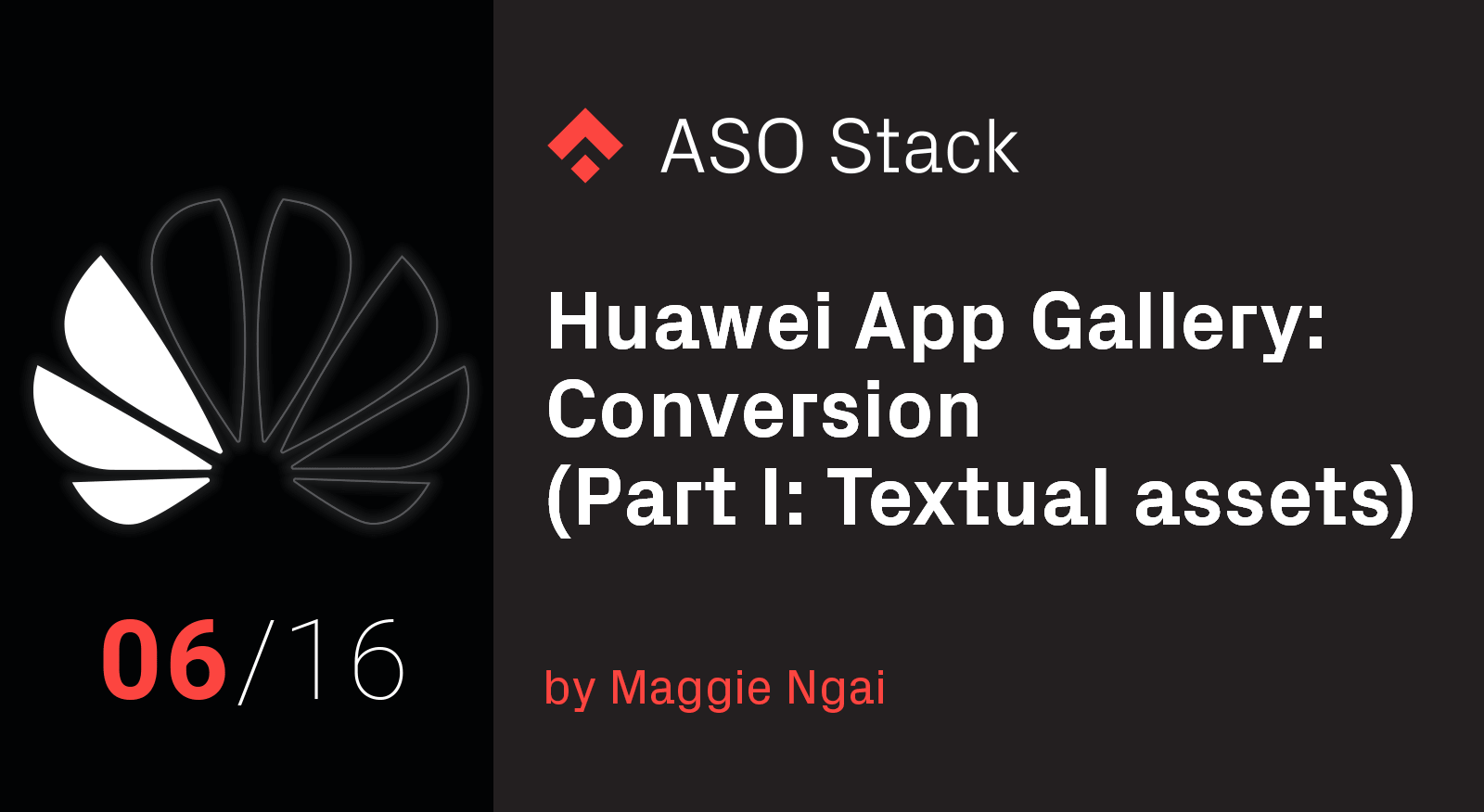
In previous articles, we have talked about how to ensure more visitors in the Huawei AppGallery see your app through keyword optimization and getting featured on the home page. The next question is: how to get users to download your app by optimizing your store assets (textual and creatives)? We’ll give you some tips about improving your textual assets, including the title, the brief introduction and the long description.
In our ASO stack, increasing conversion is a key component in App Store Optimization to drive downloads. Developers should let the core value of the app shine at each and every user touchpoint. That includes the search results, featuring, categories, top chart, gift center, and store ads.
Users will see various textual assets across the different touchpoints. Knowing where your visitors come from helps you to prioritize which assets you should first work on.
Title
When it comes to textual assets, you should first focus on the app title. Not only does the title have the largest impact on keyword ranking but it is visible to users at all touchpoints. It is extremely important especially for apps that get featured in the Featured tab, as explore visitors will only see the title and the icon.
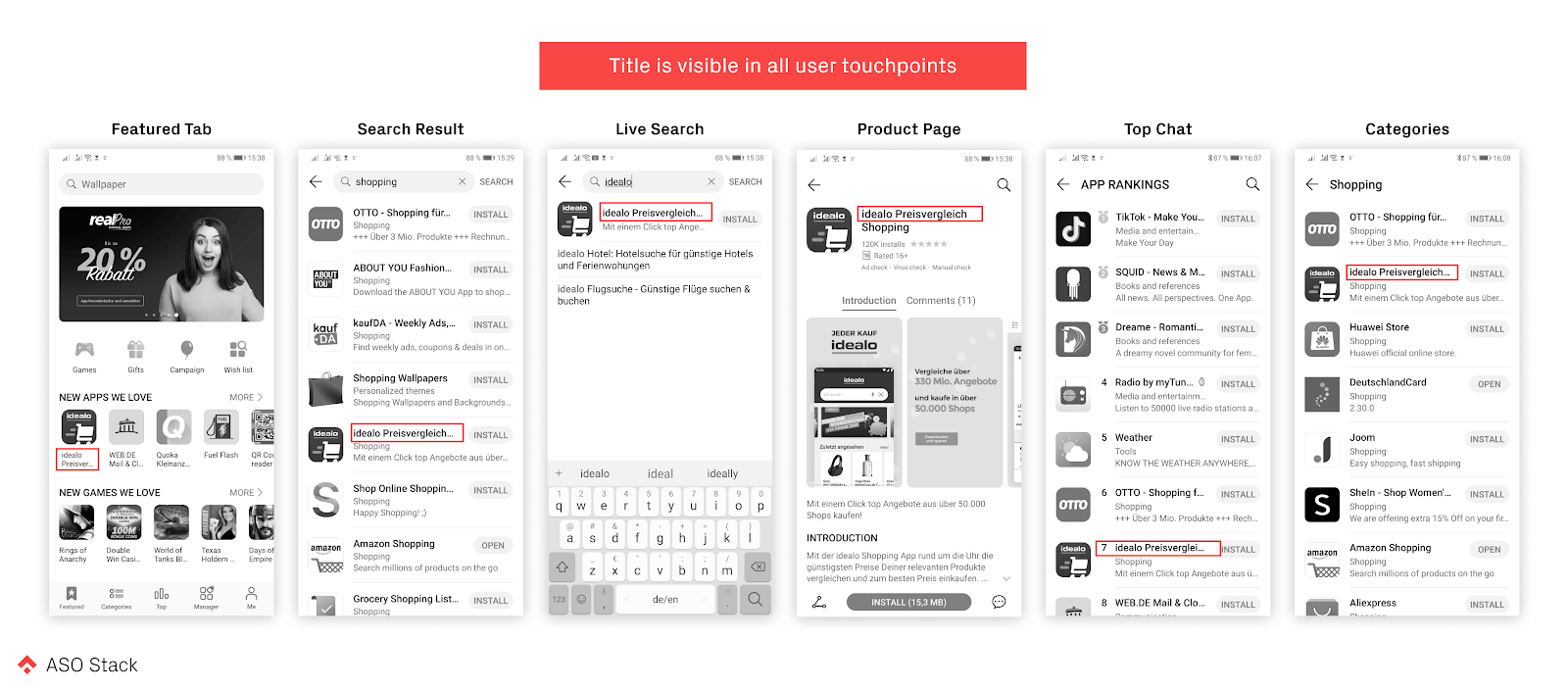
Your app title should be clear and concise (you only have 64 characters). A few core keywords in the title will do the job. Think about which generic keywords users will type in the search when they are searching for your app. For example, NordVPN adds “fast, secure & unlimited VPN” after its app name.
Notice that a lot of big brands (e.g., booking.com and WhatsApp) don’t add generic keywords to the title, very likely because they think that most of their search traffic is from brand terms and they pay little attention to the search traffic from generic keywords.
Brands with high brand awareness should utilize this to their advantage and start the title with the brand name. For smaller brands, keywords related to the core value or feature of the app should be prioritized. For example, BestHotelOffers and Hotellook have the keyword “hotel deals” in front of their brand name while big brands like HRS and OYO put their brand name before any generic keywords.
Brief Introduction
In the Brief Introduction, you have 80 characters to convince your visitors that your app is what they are looking for and, more importantly, what value the app brings to the users. The Brief Introduction is visible in most of the user touchpoints, except the Featured tab.
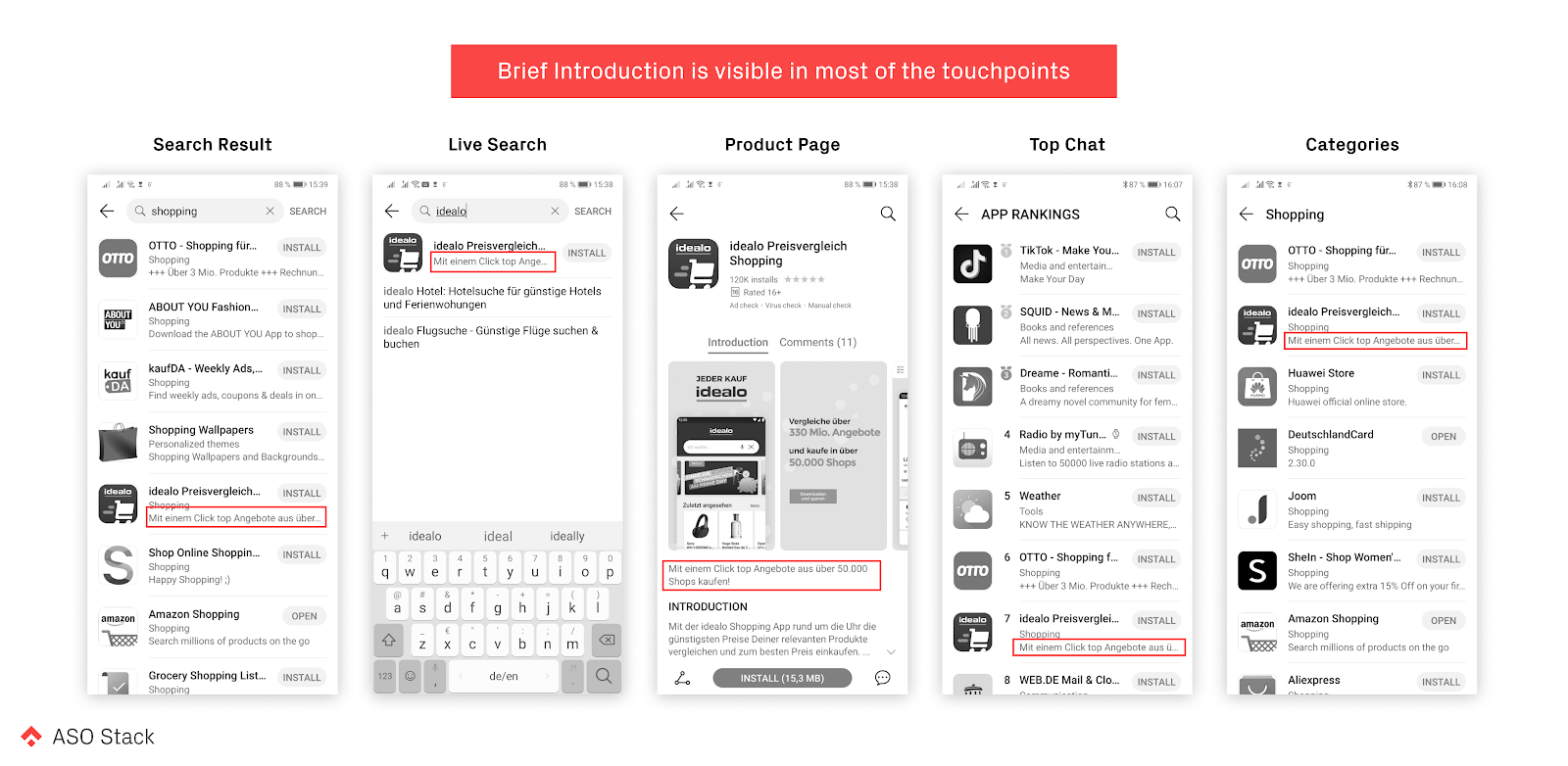
There is no “one size fits all” best practice for the billions of apps on the app stores. You can find few good examples that might give you some inspiration below:
- Weather: know the weather anywhere, right now.
- World of Tanks Blitz MMO: Meet the Legendary Tank Shooter! Join a community of 100 million players!
- Omio: Find and book your ideal train, bus or flight across Europe
- Sygic: The World’s Most Installed Offline Navigation app
Note that although you have 80 characters to work with, in most cases only the first 35 characters are shown.
Long Description
You should detail all the great features and value propositions in the Long Description. This is where you can explain to your visitors why they should choose your app over your competitors’. The first one or two sentences are just right below the Brief Introduction. Visitors have to click on the (∨) to read the whole long description. It is unlikely that visitors are reading all of the 8,000 characters so you should be focusing on the first two sentences.
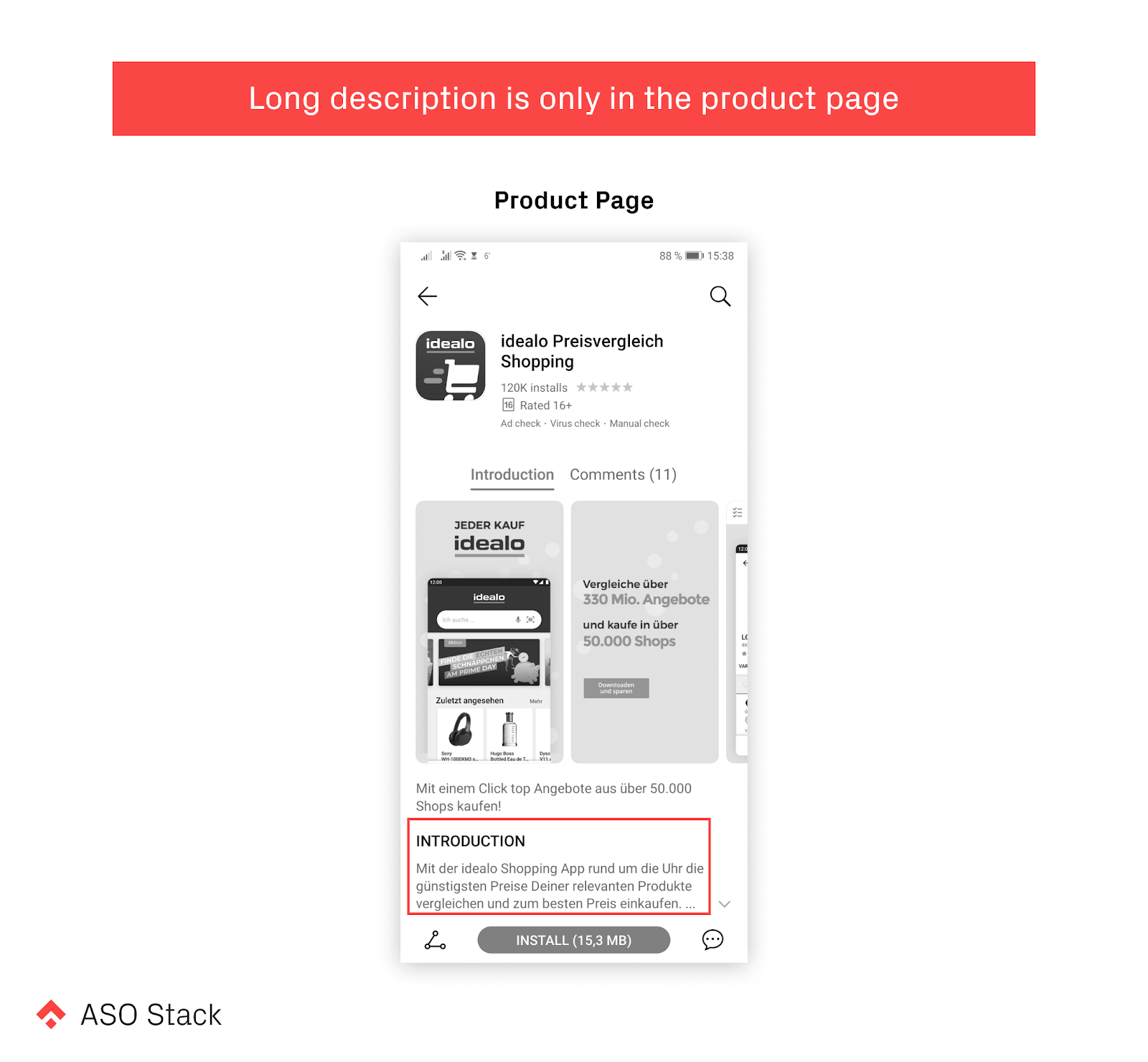
Here we have a little cheat sheet about the impact on conversion of the different textual assets. In the next article, we will cover the creative assets, namely the screenshots and icons. Stay tuned!
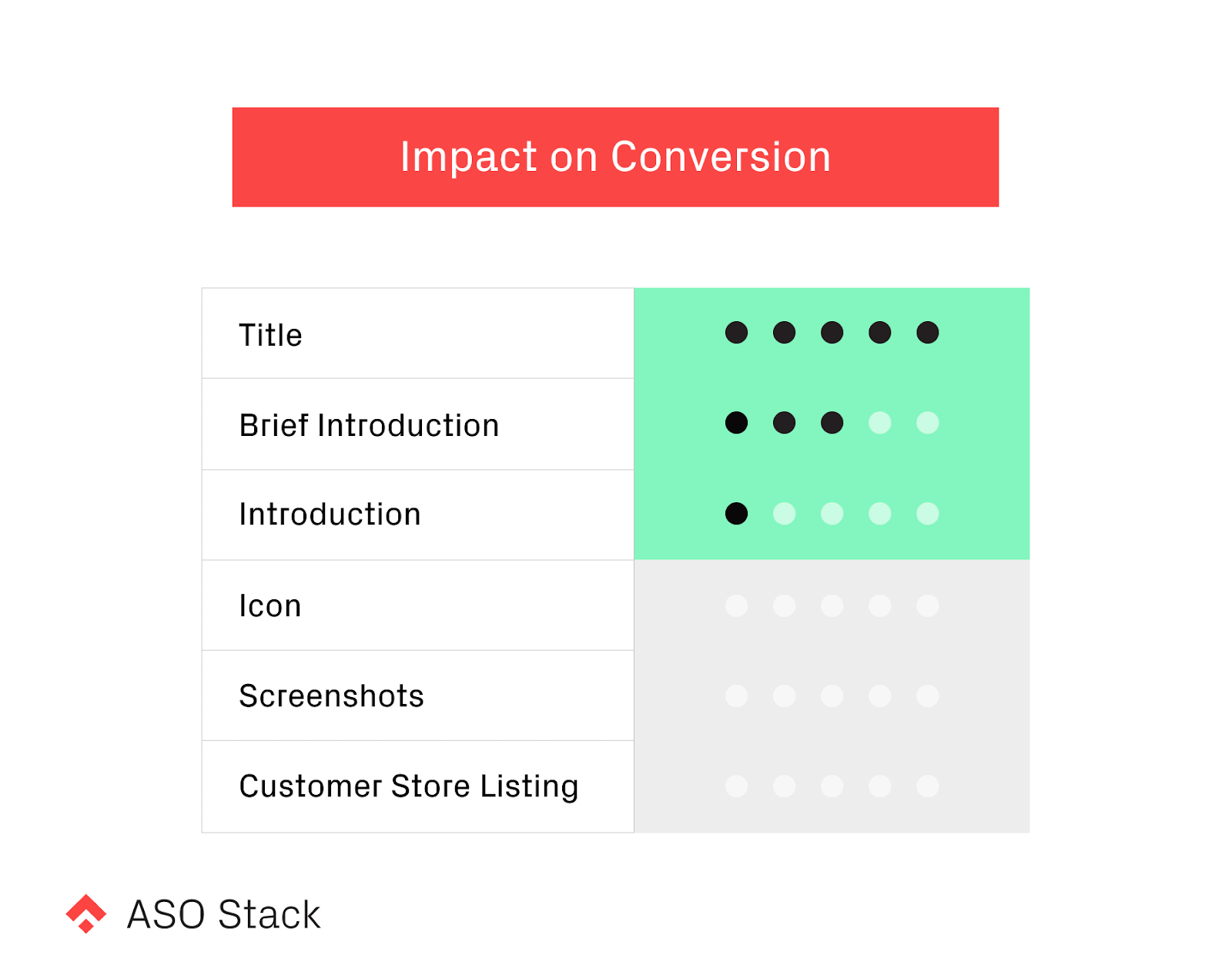
Our Series on ASO for the Huawei AppGallery
- Huawei AppGallery ASO: Why Should We Care?
- Huawei App Gallery: An Introduction
- The Huawei Developer Console
- Search Visibility
- Discovering Apps via Categories and Other Explore Options
- Conversion: Title, Short Description, and Long Description (this one)
- Conversion: Icon and Screenshots
- Getting Featured
- Ads and Gift Centre
- Reaching your Major Markets: Localization
- Ratings & Reviews
- Featured Store Listing
- In-app Purchase
- Listing on AppGallery
- Tools & Metrics: 3rd Party Tools
- Recap: The Huawei ASO Stack




